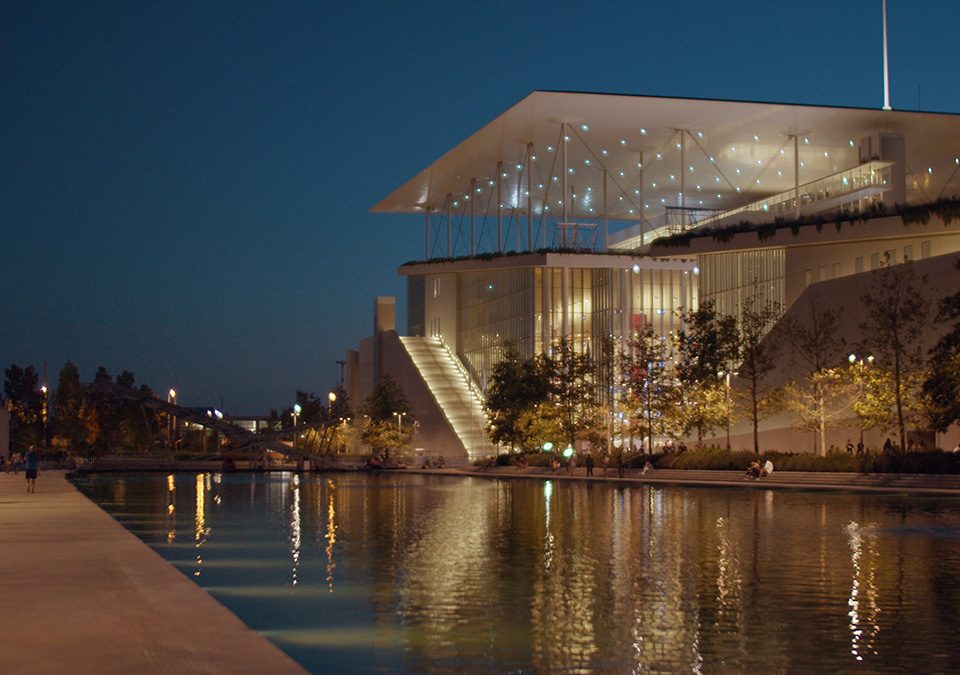Following the pathways of ancient gods in Attica

Super powers, domination over mother nature, complicated relations and dynamics. The world of gods of the Ancient Greek Mythology remains fascinating, still inspiring every single form of Art.
If you fancy walking around ancient temples and places filled with sacred spirit, narrating the myths of ancient gods and deities, just open the map of Attica and let your adventure begin. On every single corner, from the mainland to Attica islands, you can still listen to gods’ footsteps.
Glance up at the rocky hill of Acropolis. The world-famous Parthenon was built to honor Athena, goddess of wisdom, strategy and art of war, protector of the city of Athens. Its west pediment portraysthe battle between her and Poseidon, about who would become the divine protector of the city.
Walking on the north side of the Holy Rock, you come across the Erechtheion, a temple dedicated both to Athena-Polias and Poseidon-Erechtheus. The temple hosted the goddess’ wooden cult statue, whilst at its western section, on the paving of the arcade formed by the propylon, myth has it that there are still signs of the trident with which Poseidon stroke the ground and created a saltwater spring. Before leaving the Acropolis, don’t miss out on the Asclepieion, the sanctuary dedicated to Asclepius, god of medicine, as well as the sanctuary of Dionysus, god of fruitfulness and wine.
Down town, specifically in the Ancient Agora, spot the Temple of Hephaestus, god of fire and metalworking. Broadly known as “Thiseio”, the temple metopes portray the nine labors of Hercules followed by the four labors of Theseus.
Zeus, the father of gods and protector of strangers and guests could not be honored but in the very heart of Athens. Olympeion, the Temple of Olympian Zeus, was one of the most famous samples of marble architecture.
Go south and marvel at the Temples of Poseidon and Athena. The legend says that this is where King Aegeus, son of Poseidon, flung himself into the waters and had the Aegean Sea named after him. As he saw a black sailed ship getting closer, mistakenly believed that his son Theseus was dead. Devastated and filled with sorrow, Aegeus jumped into the wild waves.
The Sanctuary of Elefsina, one of the most important religious centers of antiquity, looms in west Attica. This is where people used to worship Demeter, goddess of agriculture and her daughter, Persephone. The goddesstaught the locals how to cultivate the land and introduced them to sacred rituals, known as the Eleusinian Mysteries, aiming to familiarize them with the notion of death and to impart afterlife hope.
Eastwards, feel the mystic vibes exuded by the archeological site of Vravrona and the Sanctuary of Artemis, goddess of hunting. The myth says that the goddess got furious when two little female bears were killed and struck the city of Athens with plague. Wishing to appease her, the locals built the temple in a marvelous location, perfectly matching the goddess’ beauty.
Attica islands can also boast of their ancient heritage. First stop at Poros; visit the Temple of Poseidon, where Demosthenes sought protection when he was persecuted by the Macedonians, who had ruled over Athens. There, the great orator killed himself by drinking poison and was buried inside the temple.
In Aegina, one of the major attractions is the Temple of Aphaia, coinciding with the Cretan goddess Vritomartis-Diktynna, daughter of Zeus and Karmi. The temple stands-out for its Trojan War-inspired pediments. Kolona is another remarkable archeological site of the island, with remains of the Temple of Apollo, god of light and sun, poetry and music. A typical example of doric order, the temple pediments paid tribute to the legendary Amazonomachiai, mythological battles between the ancient Greeks and the Amazons.
No matter which or how many archeological sites you visit, feel the flowing energy emanated throughout the centuries and mentally connect to the myths that have built up their history.




